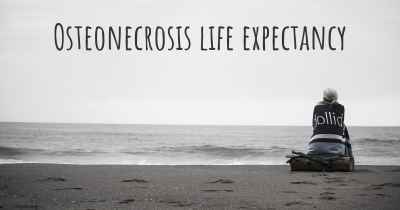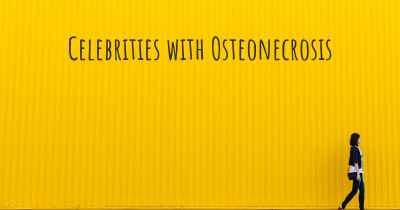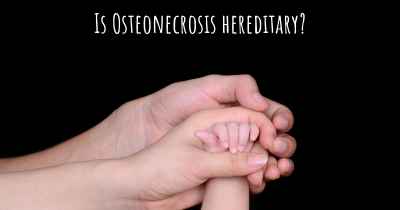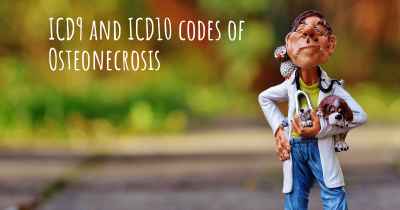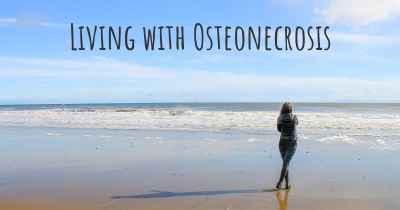Can people with Osteonecrosis work? What kind of work can they perform?
See how people with experience in Osteonecrosis give their opinion about whether people with Osteonecrosis can work and what kind of jobs are more appropriated for people with Osteonecrosis
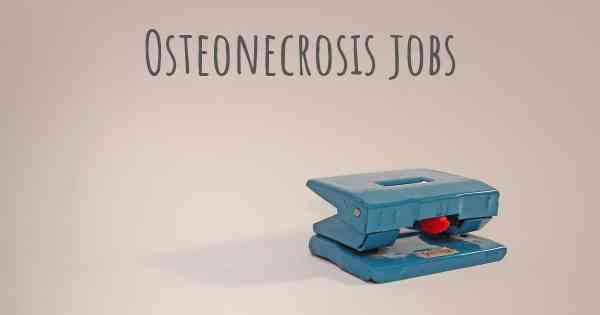
Osteonecrosis, also known as avascular necrosis, is a condition that occurs when there is a temporary or permanent loss of blood supply to the bones, leading to bone death. This condition can affect various joints in the body, including the hip, knee, shoulder, and ankle. The severity of osteonecrosis can vary, and it can cause pain, limited mobility, and even joint collapse in advanced stages.
When it comes to working with osteonecrosis, it is important to consider the individual's specific condition, the affected joint, and the physical demands of their job. While some individuals with mild osteonecrosis may be able to continue working without significant limitations, others with more advanced stages of the condition may require certain accommodations or changes in their work environment.
Individuals with osteonecrosis can often continue working, but the type of work they can perform may depend on several factors:
- Severity and location of osteonecrosis: The severity and location of osteonecrosis can greatly impact an individual's ability to perform certain tasks. For example, someone with osteonecrosis in the hip may have difficulty with jobs that require prolonged standing, walking, or heavy lifting. On the other hand, individuals with osteonecrosis in less weight-bearing joints, such as the shoulder or wrist, may have more flexibility in their work options.
- Physical demands of the job: The physical demands of a job play a crucial role in determining whether someone with osteonecrosis can continue working. Jobs that involve heavy lifting, repetitive motions, or prolonged standing may be challenging for individuals with osteonecrosis, especially in advanced stages. In such cases, modifications or adjustments to the work environment may be necessary to accommodate their condition.
- Treatment and management: The effectiveness of treatment and management strategies can also influence an individual's ability to work. Some individuals may find relief through conservative measures such as pain management, physical therapy, and assistive devices. Others may require surgical interventions, which may have longer recovery periods and impact their ability to work temporarily.
It is important for individuals with osteonecrosis to consult with their healthcare provider and discuss their specific condition and work requirements. In some cases, they may need to explore alternative job roles or make modifications to their current job tasks to accommodate their physical limitations. Occupational therapists can also provide valuable guidance and recommendations for adapting the work environment to meet the needs of individuals with osteonecrosis.
In conclusion, people with osteonecrosis can often continue working, but the type of work they can perform depends on the severity and location of their condition, the physical demands of their job, and the effectiveness of their treatment and management strategies. It is crucial for individuals with osteonecrosis to work closely with their healthcare providers and occupational therapists to determine the most suitable work options and any necessary accommodations.
Posted Jun 16, 2017 by Austin 4830
Posted Jun 30, 2017 by Dave 2270
Posted Sep 27, 2017 by Alan 900
Posted Nov 2, 2017 by Pamela 1600
Posted Jun 2, 2018 by BeauytimarkAVN 300
Posted Jun 11, 2018 by Rob 1500
Posted Jun 11, 2018 by Megan 2500
Posted Jul 16, 2018 by Jenny from the block 900
Posted Nov 13, 2018 by Scott 3050
Posted Aug 27, 2019 by Cheryl 2800
Posted Feb 28, 2020 by Lisa j 1700
Posted Mar 15, 2020 by Caitlin 3050
Back office jobs
Posted Jun 19, 2020 by Monica 600
none active jobs
Posted Oct 1, 2020 by Sara7105 300
Do not perform tasks of effort
Not on require the affected joints
Posted May 18, 2017 by Javier 2150
